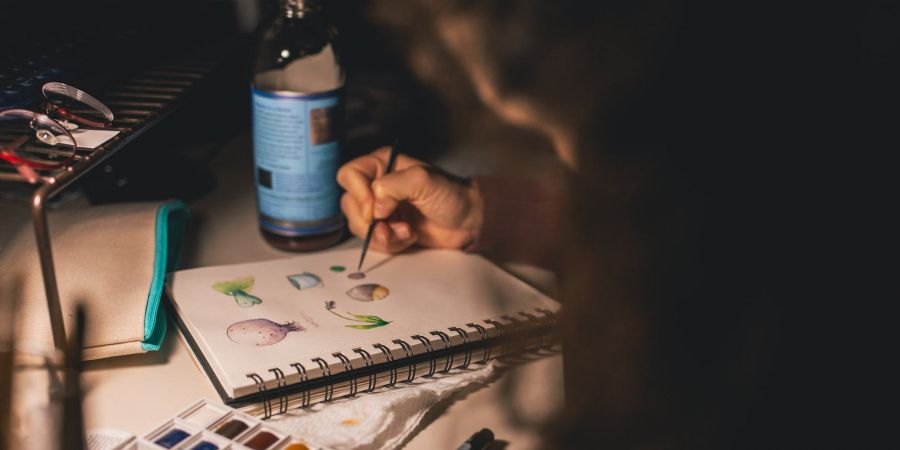

Aesthetics (also esthetics in American English) is a branch of philosophy that deals with the nature of beauty and taste, as well as the philosophy of art (its own area of philosophy that comes out of aesthetics).[1] It examines aesthetic values, often expressed through judgments of taste.[2]A field of philosophy known as aesthetics, or aesthetics in American English, is concerned with the nature of beauty and taste as well as the philosophy of art (its own area of philosophy that comes out of aesthetics). [1] It looks at aesthetic values, which are frequently represented through taste evaluations.
Drawing is a form of visual art in which an artist uses instruments to mark paper or other two-dimensional surface. Drawing instruments include graphite pencils, pen and ink, various kinds of paints, inked brushes, colored pencils, crayons, charcoal, chalk, pastels, erasers, markers, styluses, and metals (such as silverpoint). Digital drawing is the act of drawing on graphics software in a computer. Common methods of digital drawing include a stylus or finger on a touchscreen device, stylus- or finger-to-touchpad, or in some cases, a mouse. There are many digital art programs and devices.
A drawing tool deposits a tiny amount of substance onto a surface, producing an obvious imprint. Although other materials, including cardboard, wood, plastic, leather, canvas, and board have been used, paper is the most typical support for drawings. On a whiteboard or a chalkboard, quick sketches can be made. Throughout human history, drawing has been a common and essential form of public expression. It is among the simplest and most effective ways to convey concepts. [1] Drawing is one of the most popular artistic pursuits due to the accessibility of drawing tools.
Drawing is commonly utilised in commercial illustration, animation, architecture, engineering, and technical drawing, in addition to its more aesthetic forms. A rapid, freehand drawing, usually not meant as a finished work.
Tone :
Shading is the technique of varying the tonal values on the paper to represent the shade of the material as well as the placement of the shadows. Careful attention to reflected light, shadows and highlights can result in a very realistic rendition of the image.
Blending uses an implement to soften or spread the original drawing strokes. Blending is most easily done with a medium that does not immediately fix itself, such as graphite, chalk, or charcoal, although freshly applied ink can be smudged, wet or dry, for some effects. For shading and blending, the artist can use a blending stump, tissue, a kneaded eraser, a fingertip, or any combination of them. A piece of chamois is useful for creating smooth textures, and for removing material to lighten the tone. Continuous tone can be achieved with graphite on a smooth surface without blending, but the technique is laborious, involving small circular or oval strokes with a somewhat blunt point.
Shading techniques that also introduce texture to the drawing include hatching and stippling. A number of other methods produce texture. In addition to the choice of paper, drawing material and technique affect texture. Texture can be made to appear more realistic when it is drawn next to a contrasting texture; a coarse texture is more obvious when placed next to a smoothly blended area. A similar effect can be achieved by drawing different tones close together. A light edge next to a dark background stands out to the eye, and almost appears to float above the surface.
